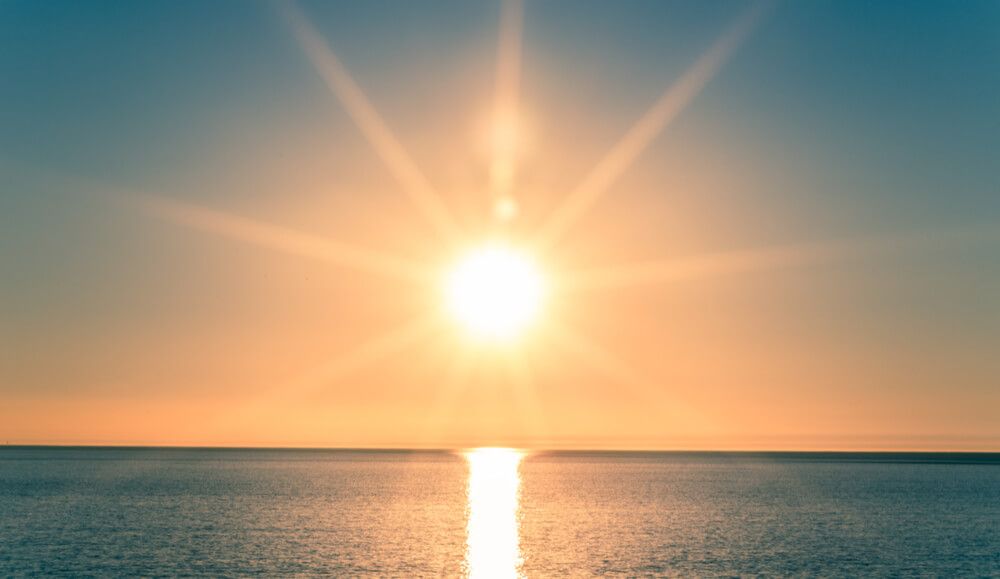
By Max James
One drop of most sunscreens in 15 million litres of water is all it takes to damage a reef. And as 90 per cent of divers and snorkellers visit just 10 per cent of the world’s reefs, we are dumping a lot of toxic chemicals on a concentrated area of reef – as much as 6,000 tonnes a year!
This has led to Thailand, Hawaii and others to ban certain sunscreens. As divers, protecting reefs is always a priority – so what can we do? First, we need to understand the problem.
Nearly all shop counter sunscreens contain chemicals that are harmful to coral reefs. Recent research established that the harmful agents include oxybenzone (a sunscreen), octinoxate (a sunscreen) and 4-methylbenzylidene camphor (a sunscreen) and butylparaben (a preservative).
The chemical names can be confusing, so watch out for any of the following BP-2, BMDBM, BZ, MBC, OMC, OCT, BEMT or any compound with the term benzene included. Also, look out for the use of any paraben as a preservative.
Oxybenzone is found in more than 3,500 sunscreen products worldwide – that is most of the popular brands. Be aware that some products labelled ‘reef safe’ contain oxybenzone – always check the listed ingredients and if any of the above are listed they are definitely NOT reef safe.
A study by Dr Craig Downs showed that oxybenzone encourages coral bleaching and damages coral DNA, grossly deforming juvenile corals.
Another study by Roberto Danovaro showed that sunscreens cause viral infections to develop in the coral symbiotic zooxanthellae leading to coral bleaching.

Be careful with the term ‘biodegradable’ – the research that established that these chemicals damaged coral also made clear that the damage is done very quickly – well before the substances biodegrade. So the fact that they do eventually biodegrade in the ocean is of no help to the corals.
Even some of the products that don’t contain the known harmful agents are not problem-free. Two of the most common barriers used in ‘safe’ sunscreens are zinc oxide and titanium dioxide – neither is known to have a direct negative impact on coral.
However, they can be manufactured as ‘nanoparticles’ – minute chemical structures that are 100,000 smaller than the diameter of a human hair. And nanoparticles are a hazard for all types of marine life and should be avoided.
If the ingredients say the zinc oxide is ‘uncoated’ you can safely assume that nanoparticles are not being used.
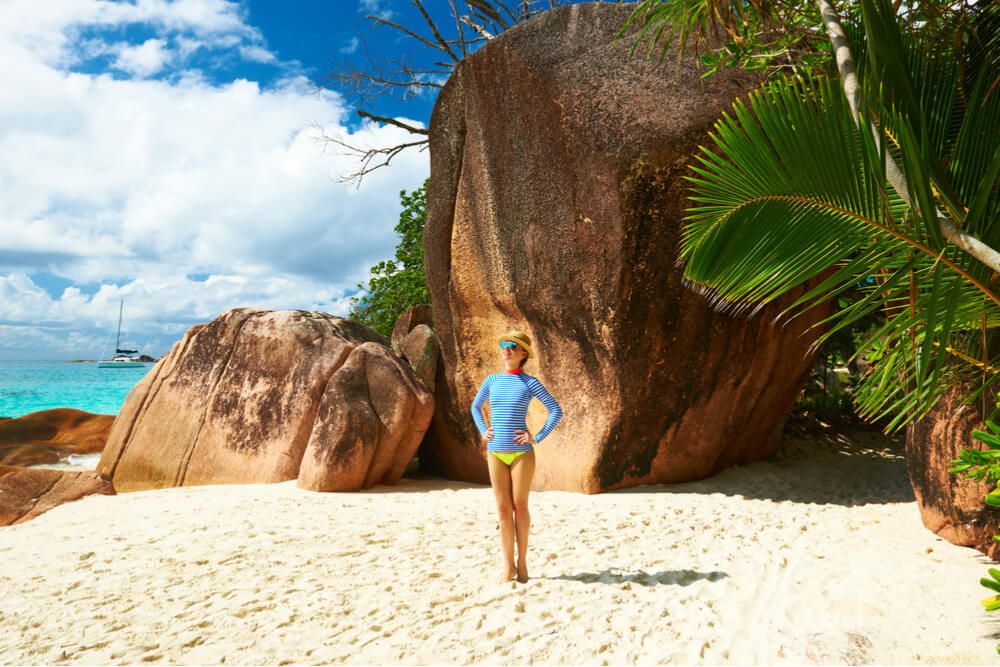
So what should you be doing as diver? Here’s a couple of sensible tips:
- Wear a long-sleeved rashguard with built-in UV protection rather than using lots of sunscreen
- Apply any sunscreen sparingly if essential before getting in the water and at least 15 minutes before a dive giving it time to absorb into your skin
- Avoid using any sunscreen with the above chemicals in the ingredients. Check out the list of preferable products below.
There is a growing range of sunscreens that are based on natural ingredients such as beeswax and various natural oils. Here are a few examples …

Evoa Organic
These award-winning sunscreen creams contain nyamplung oil; organic shea butter; beeswax; organic sunflower oil and, the French manufacturer says is 100 per cent of natural origin. Easy to apply and comes in SPF30 and SPF50 strengths.
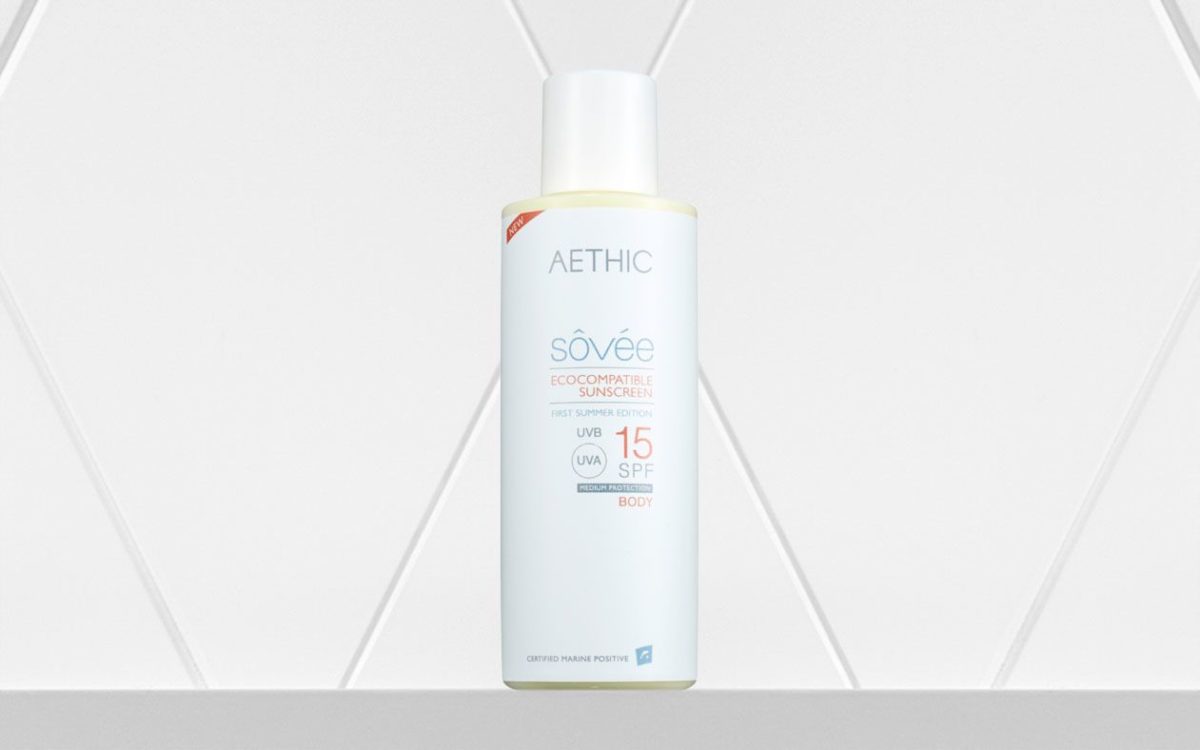
Aethic Sôvée
The London-based producers of what they call ‘Ecocompstible Sunscreens’ say they are the first marine safe certified sunscreens and contain no petrol-based chemicals, no alcohol, no titanium dioxide and no zinc oxide. They contain olive oil, beeswax, and coconut extract and have an SPF15 rating. Even the bottle is made from a corn-based plastic and no glue is used on the fully recyclable packaging. visit Aethic Sôvée website
And there are some products which rely on uncoated zinc oxide such as…
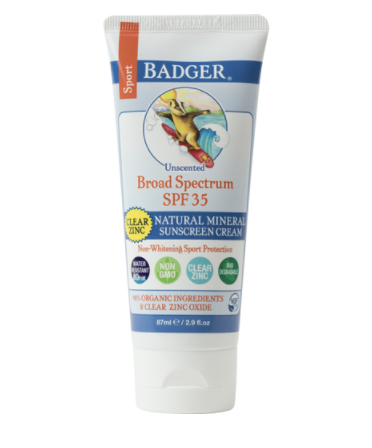
Badger Balm
The family-owned producers of this environmentally friendly range of organic sunscreens and other products are based in New Hampshire, US. They only use organic plant extracts and natural minerals (zinc oxide) to make safe sunscreen. The company has just released a clear SPF 35 sports sunscreen using uncoated zinc oxide, sunflower oil, beeswax, jojoba and natural vitamin e. One of the problems with zinc oxide is it leaves a white hue on the skin after application – but a new generation of products seems to have solved the issue.
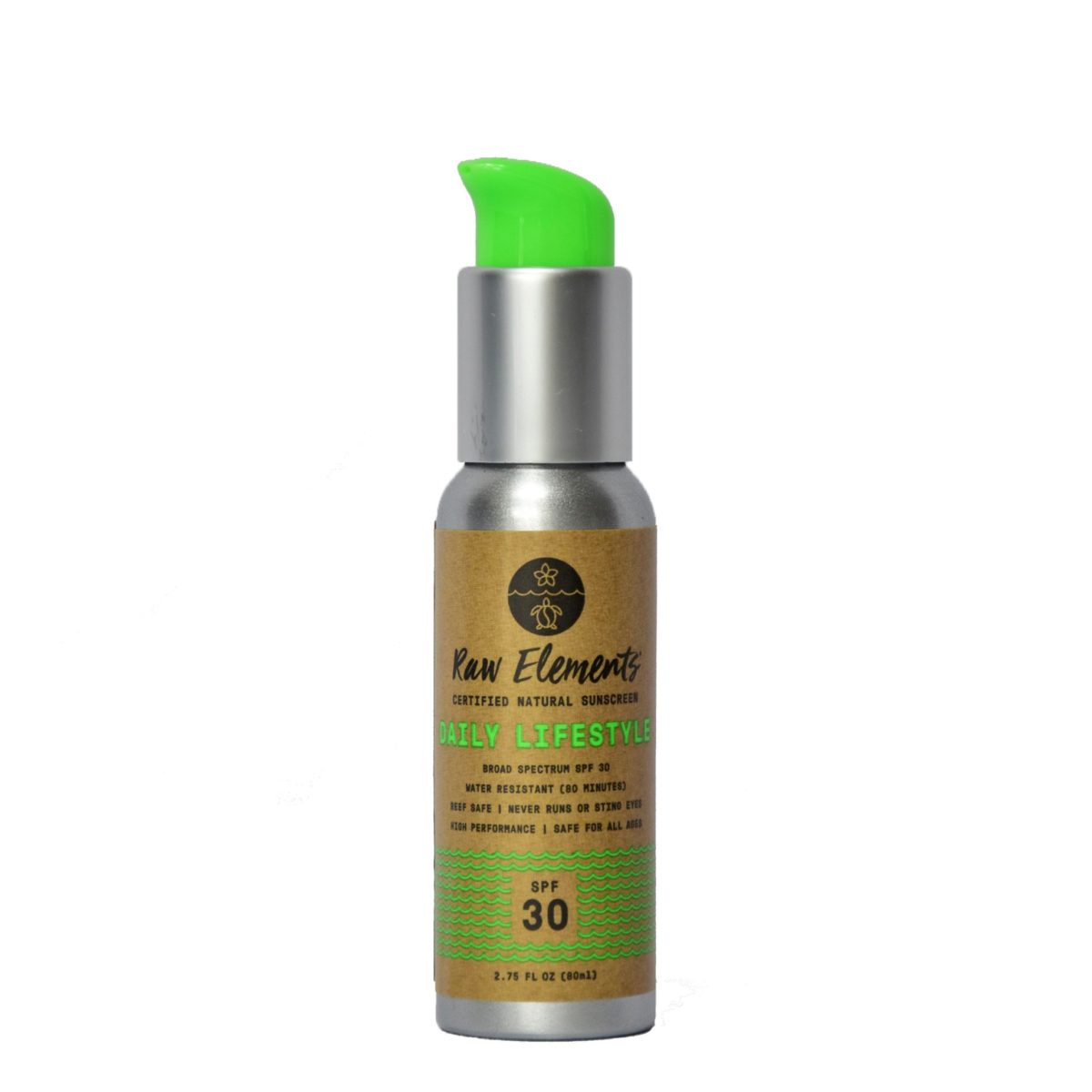
Raw Elements
Developed by ocean lifeguard Brian Guadagno, this sunscreen uses uncoated zinc oxide as its lone active ingredient. The company produces a wide range of eco-friendly products such as lip balms and moisturisers.


